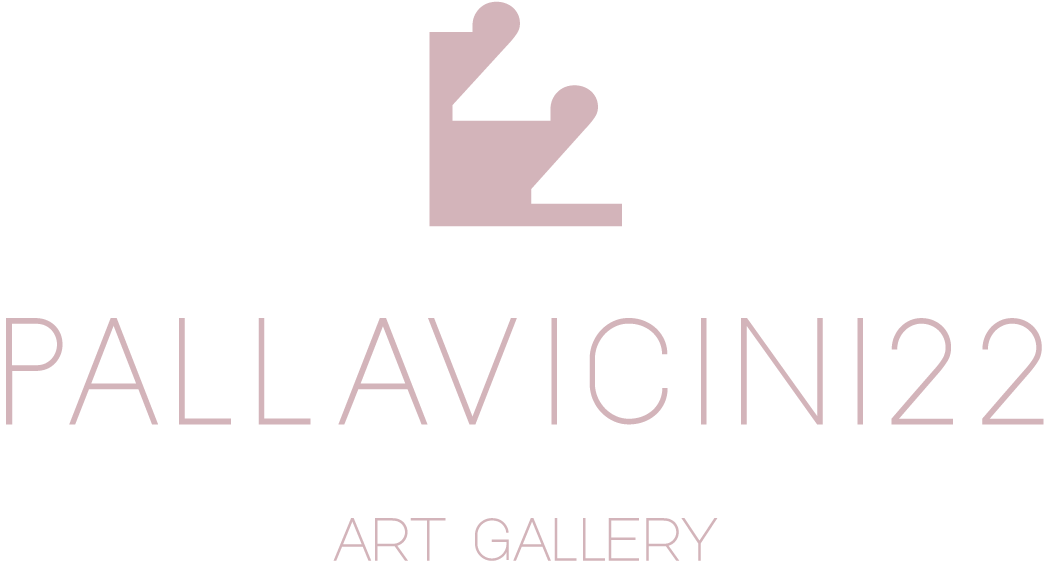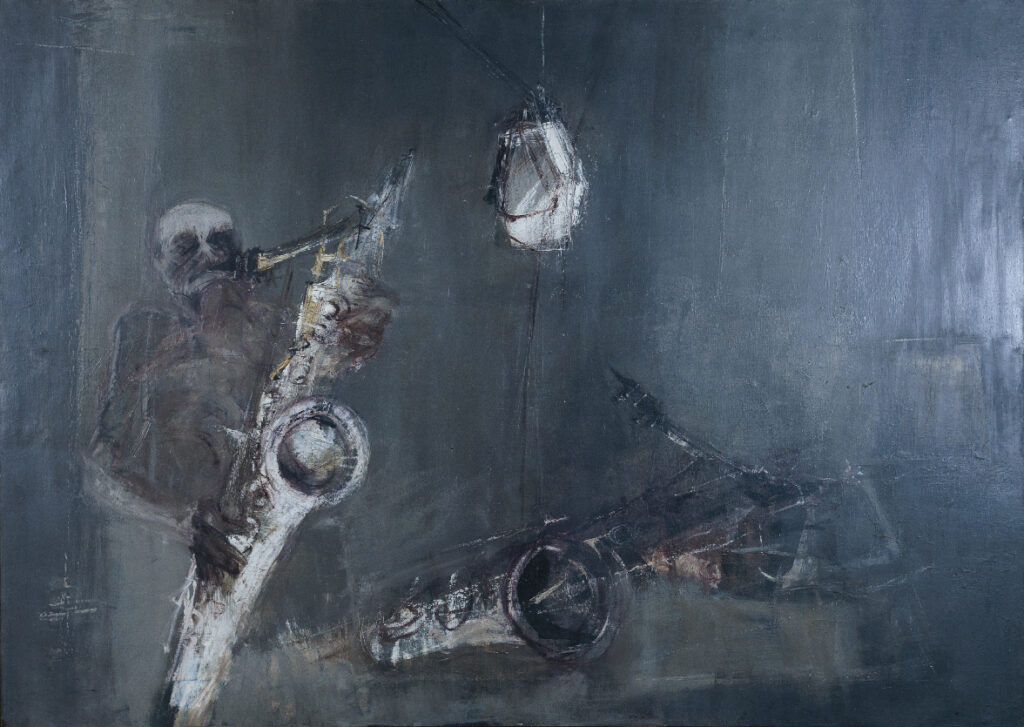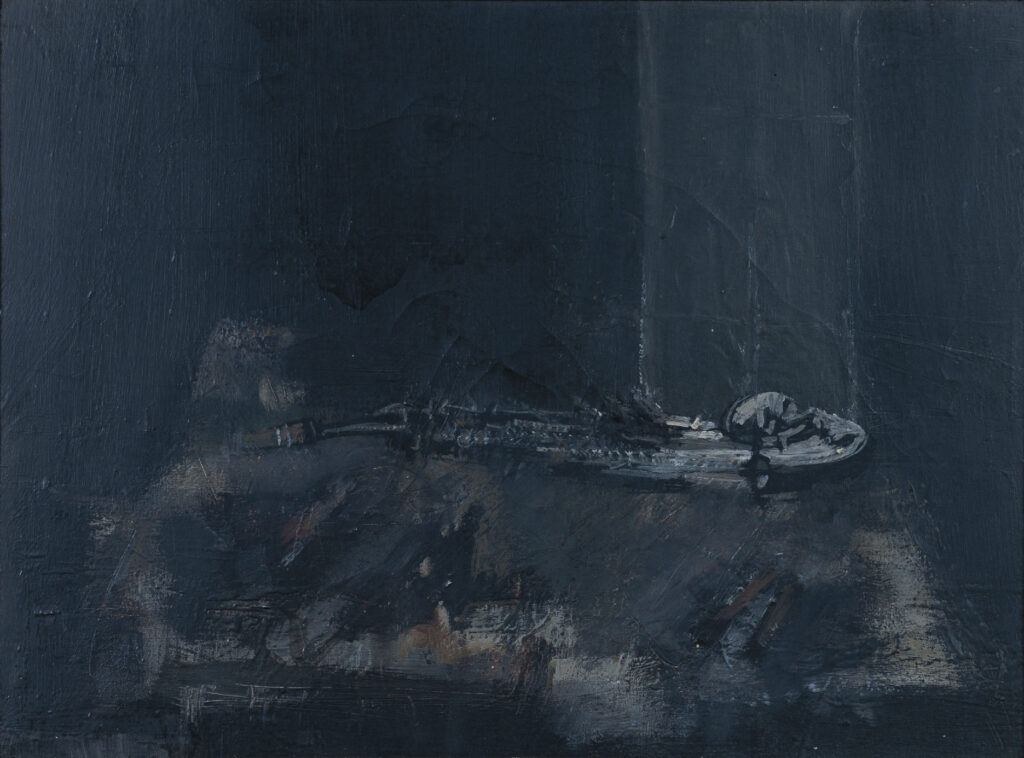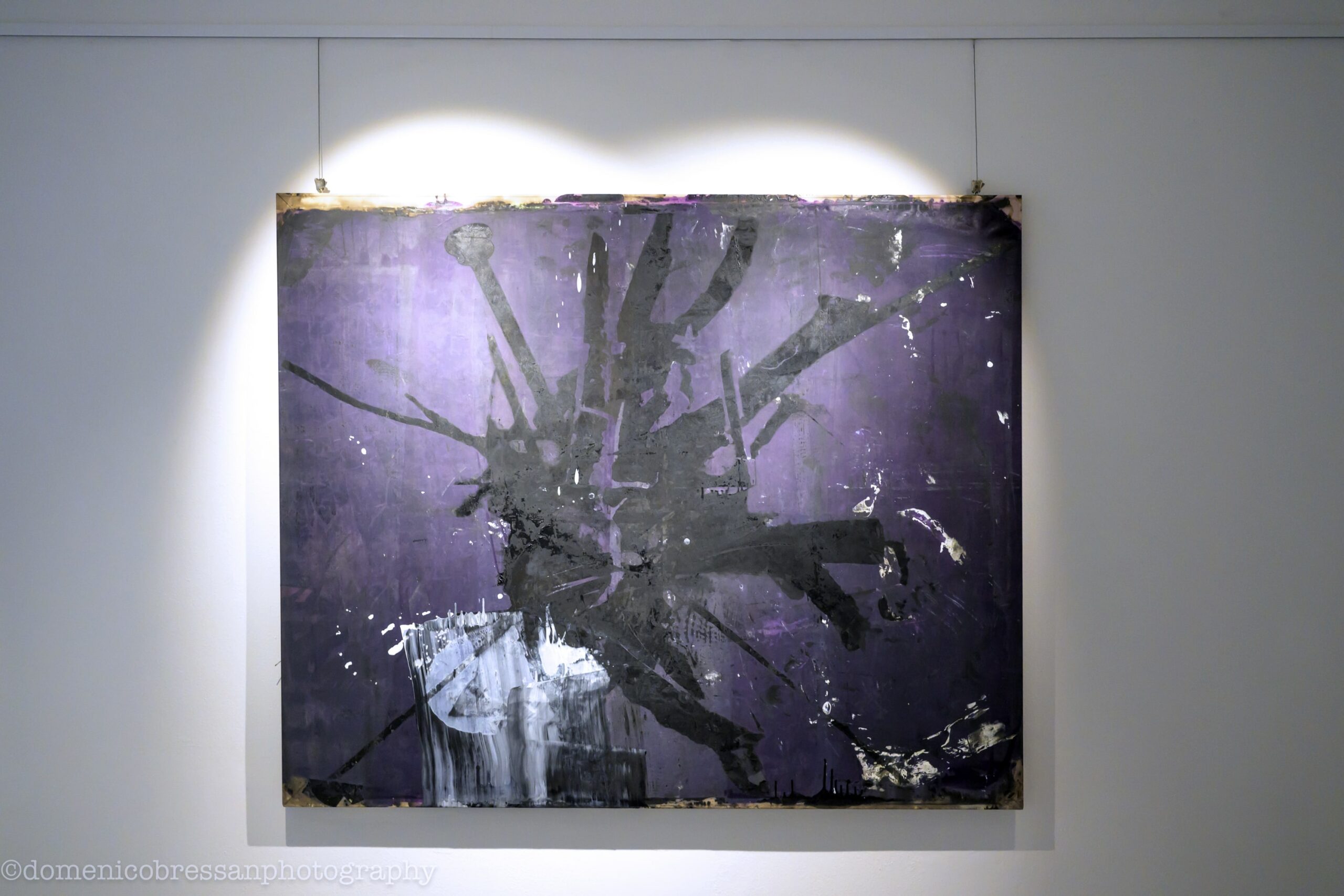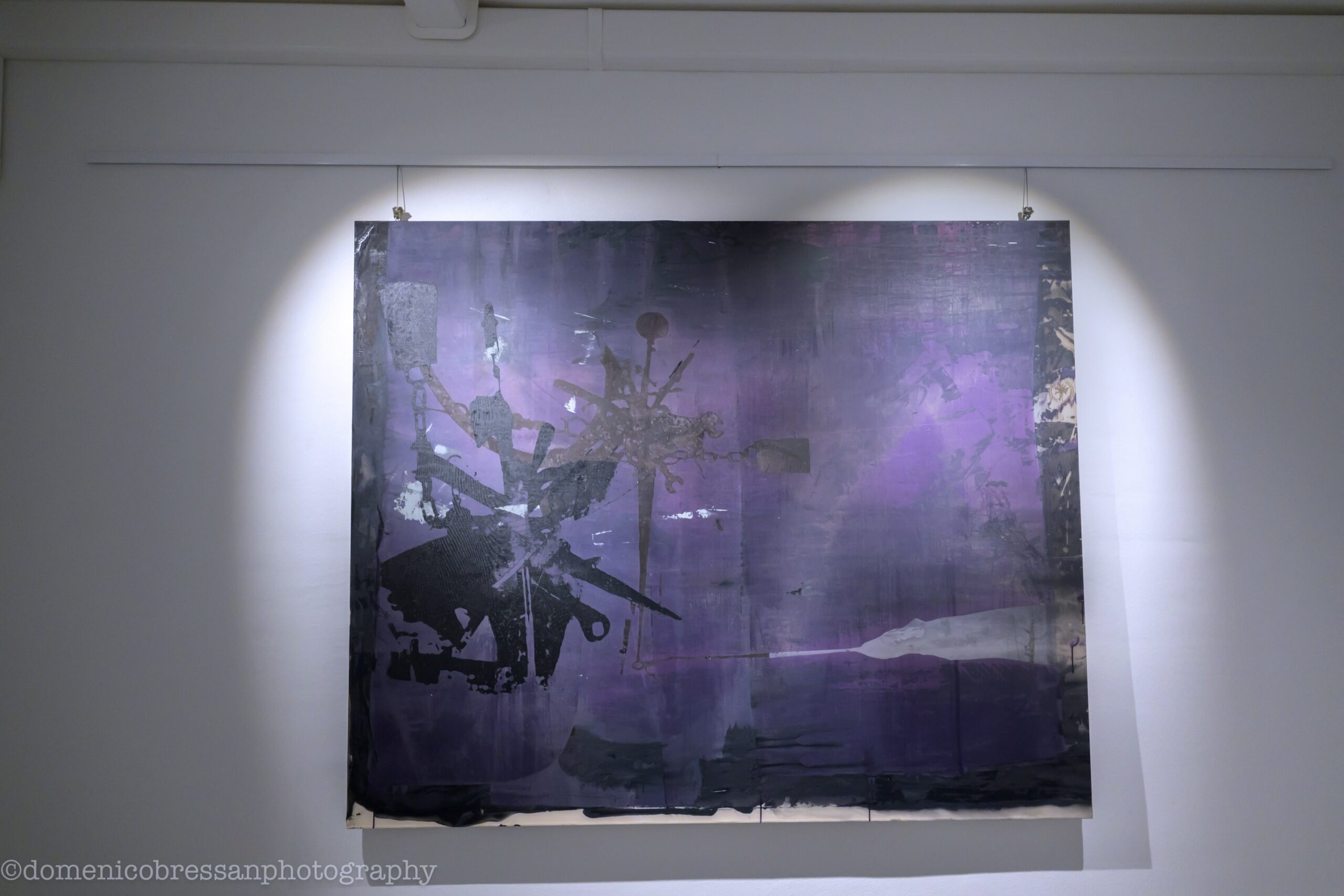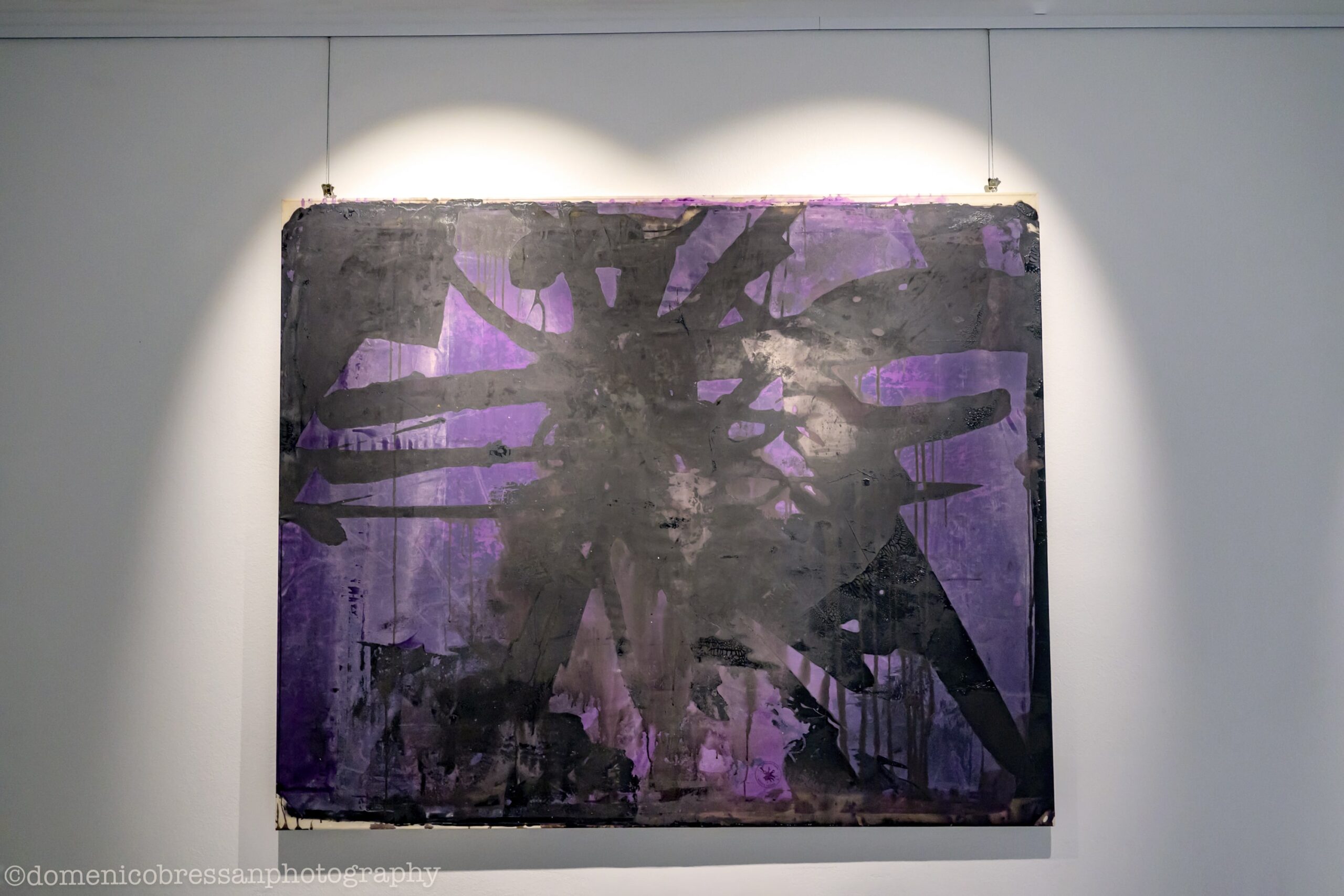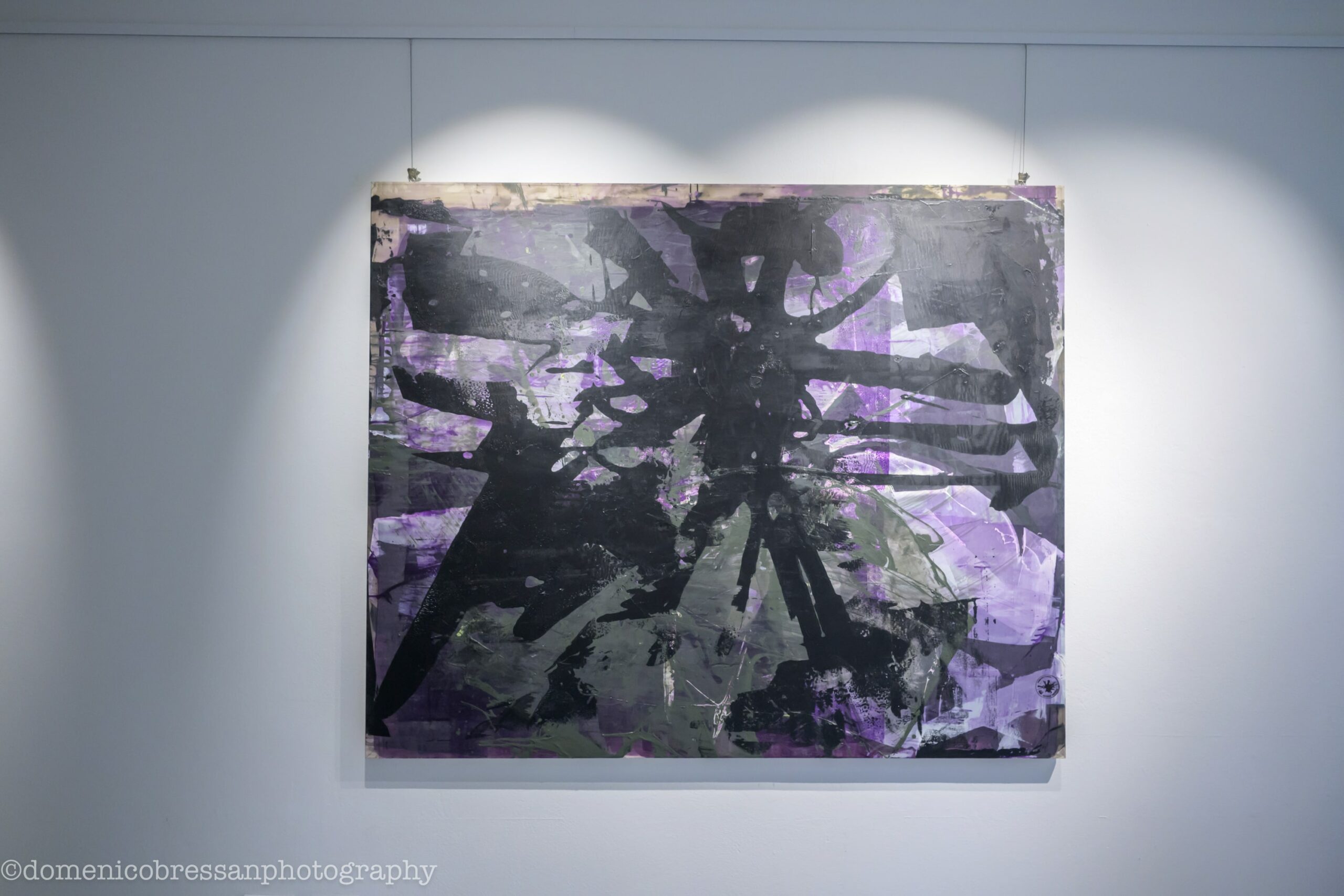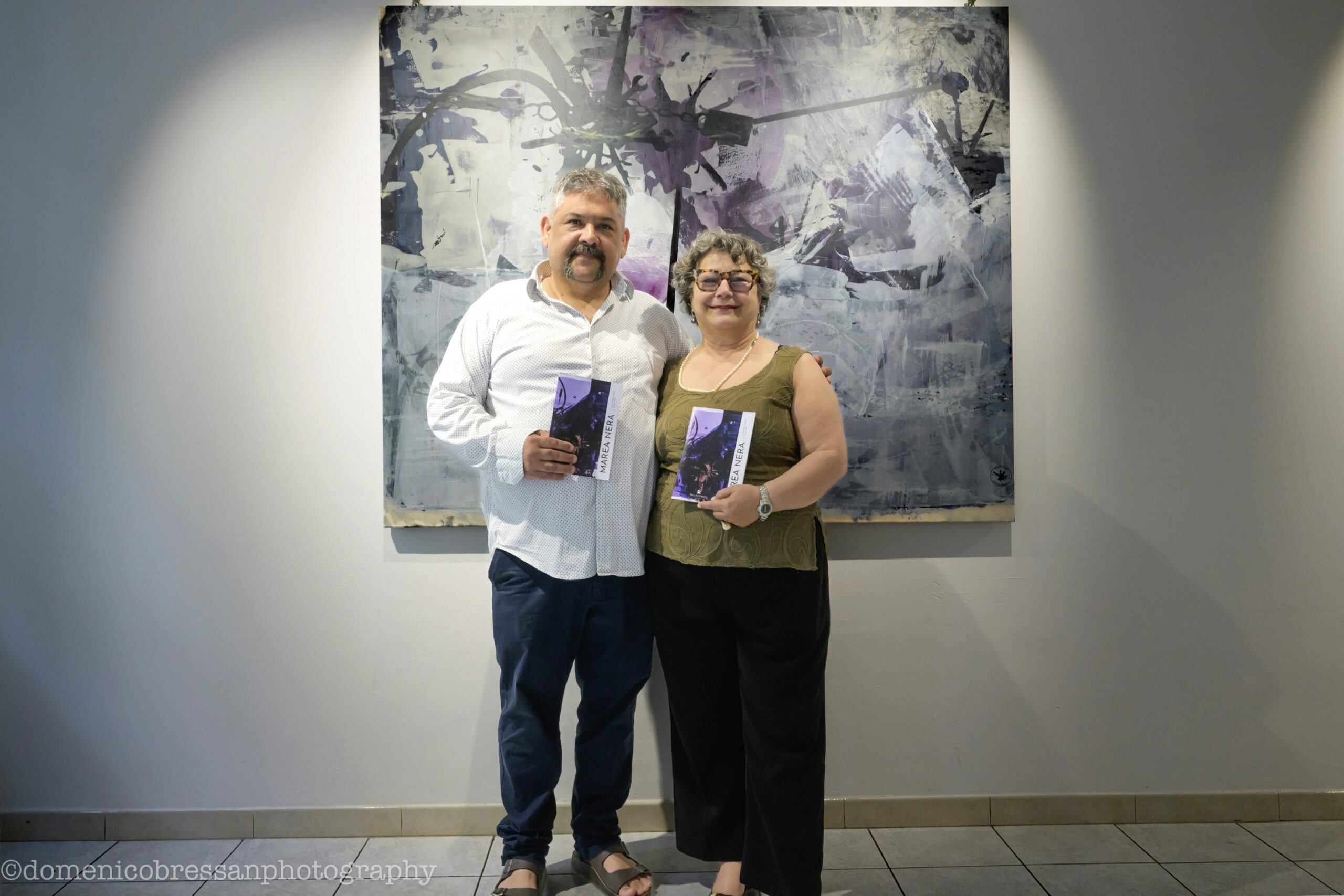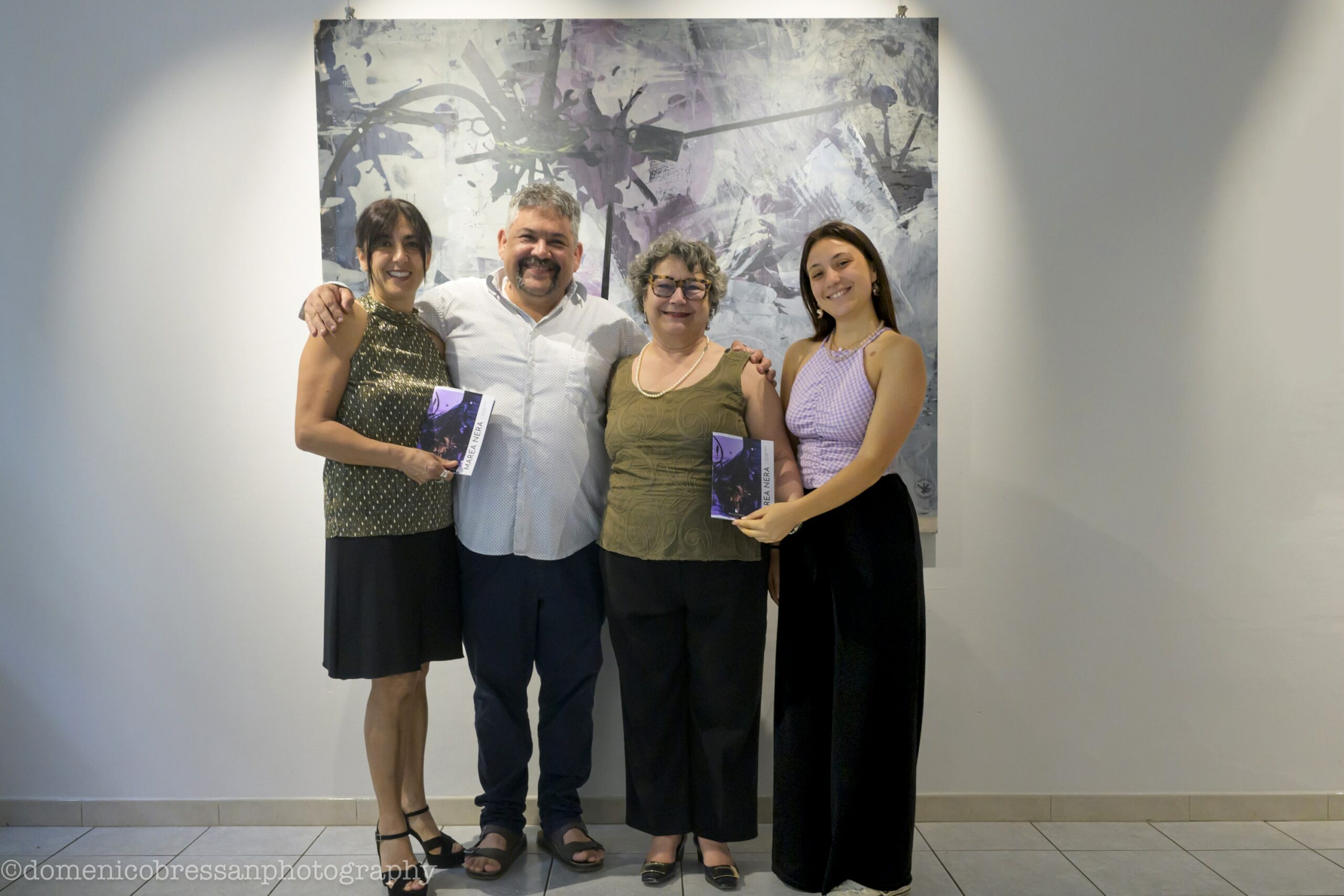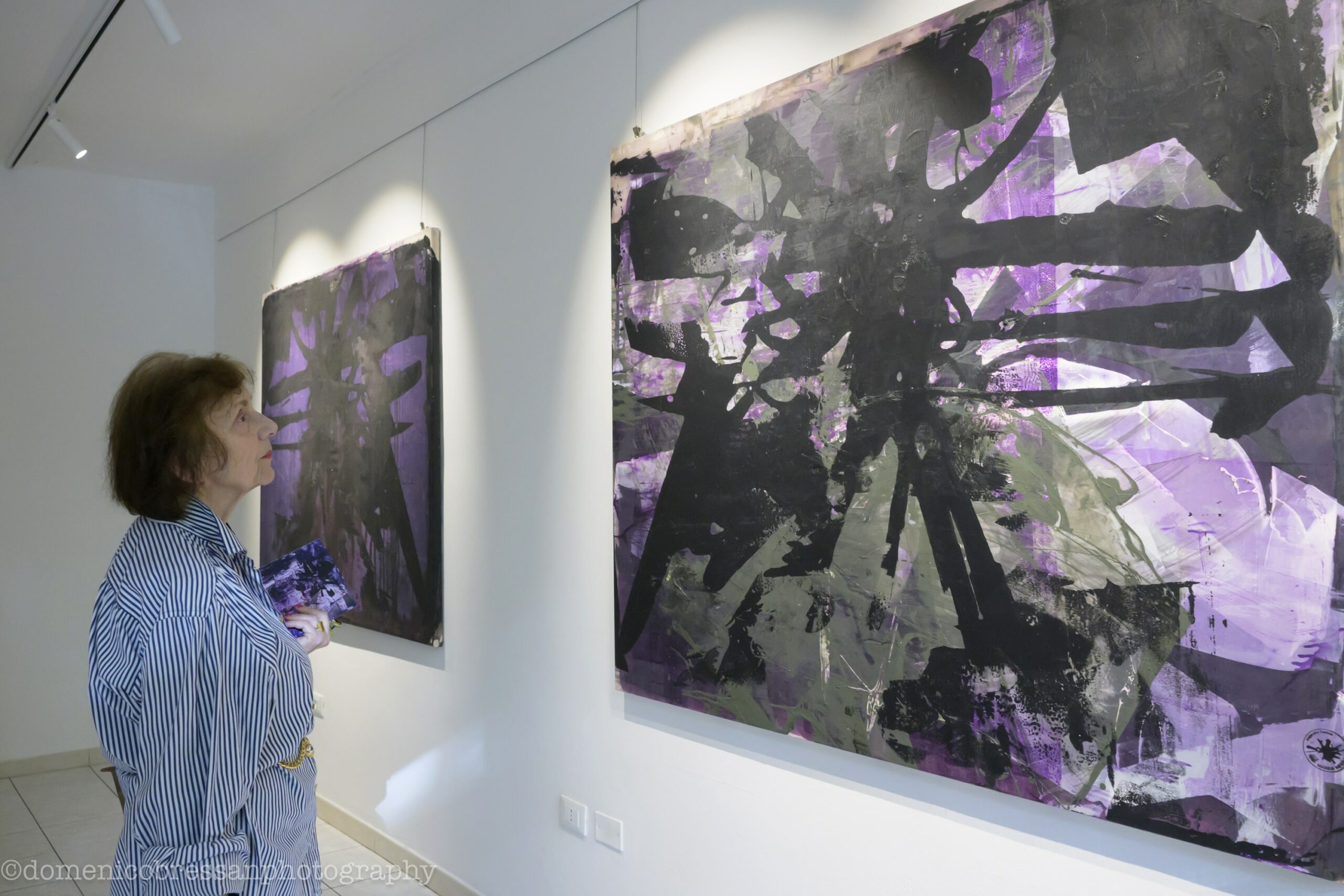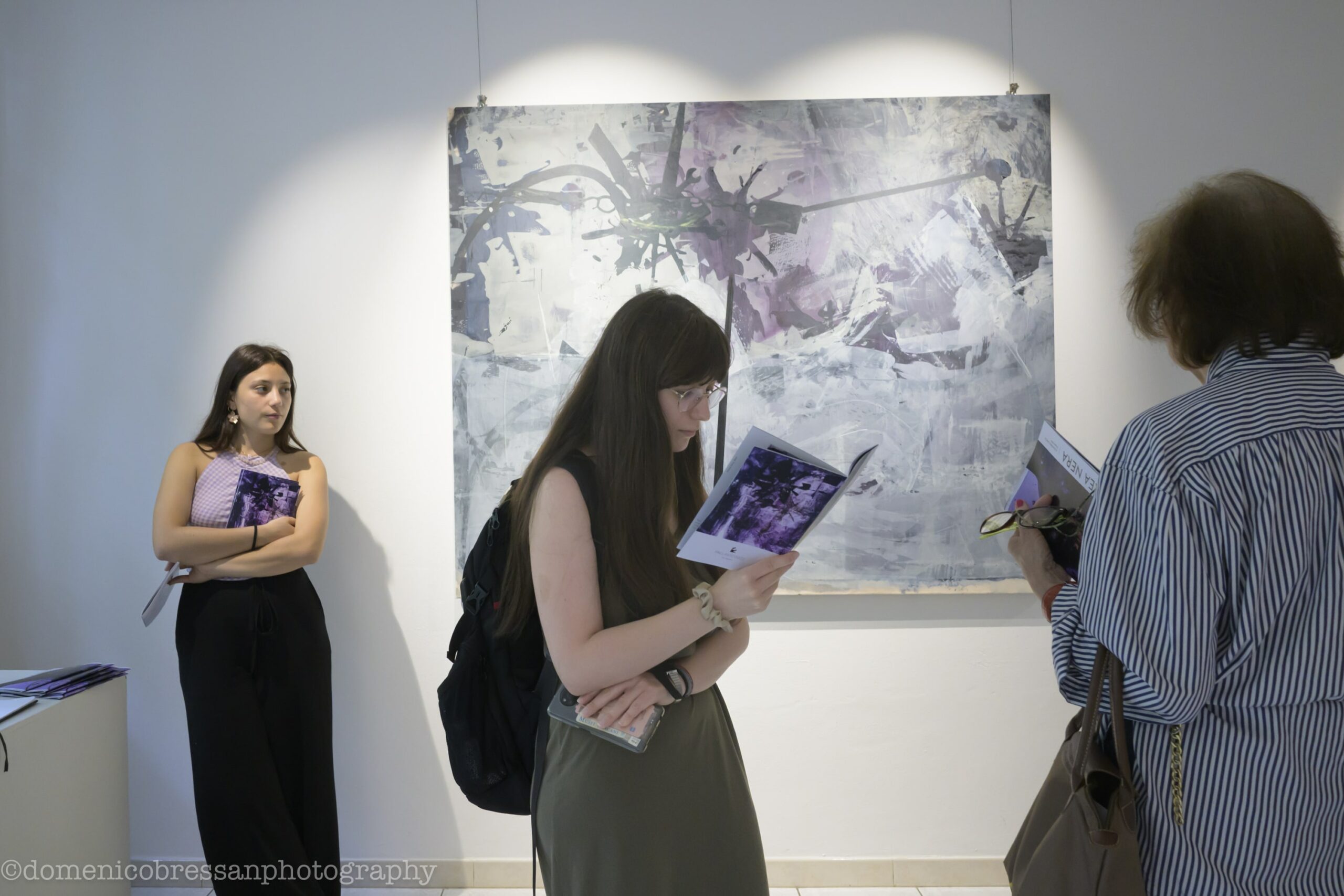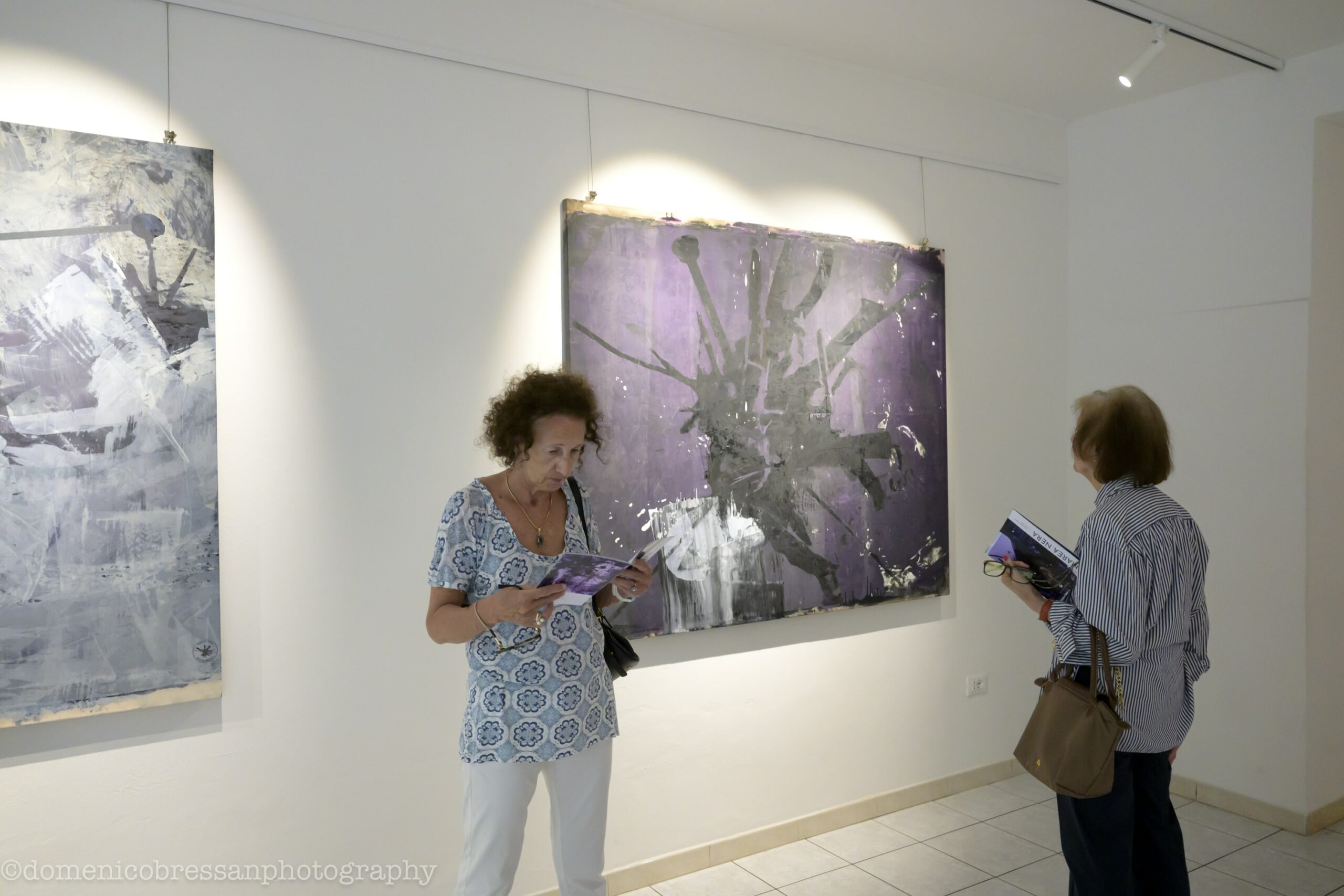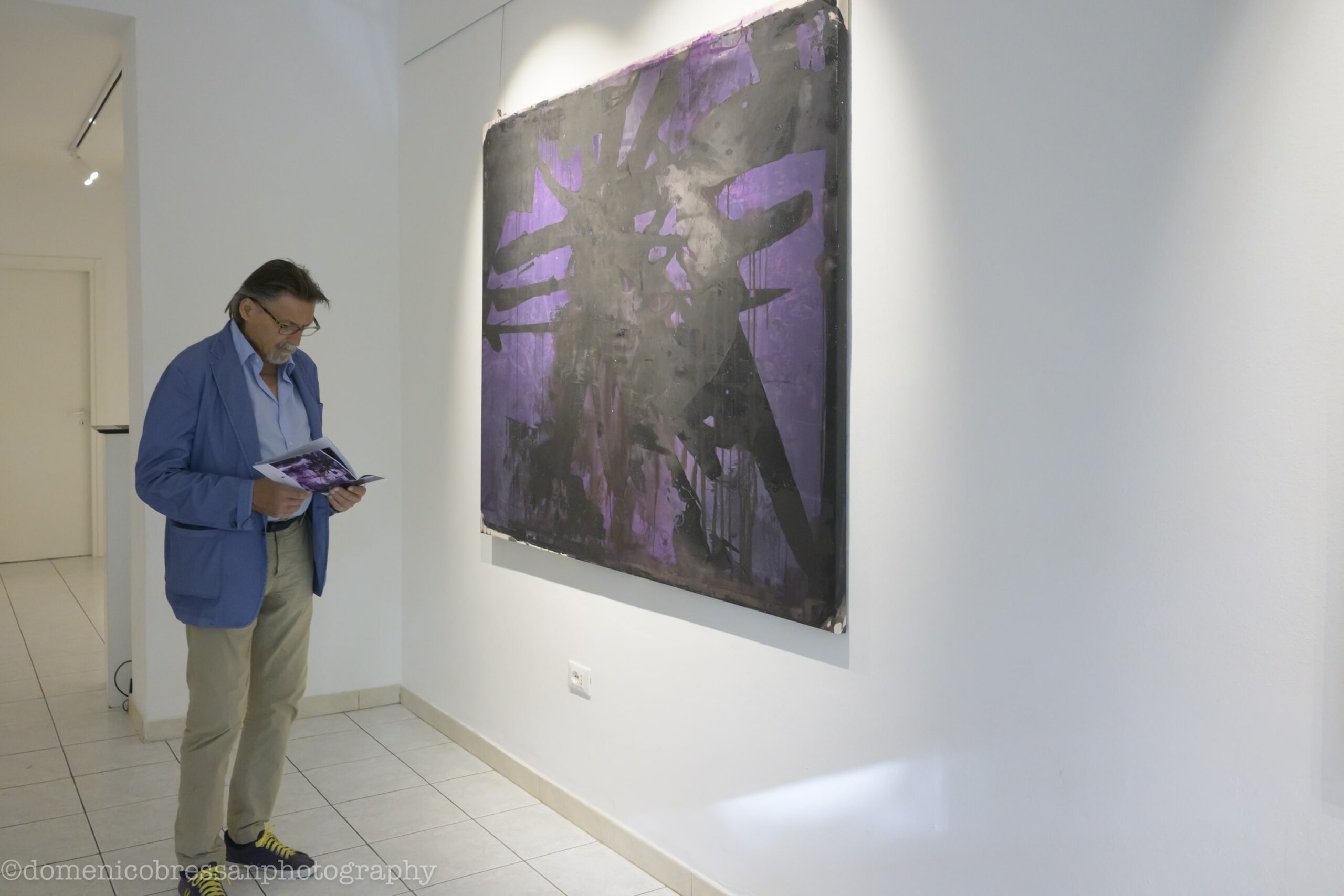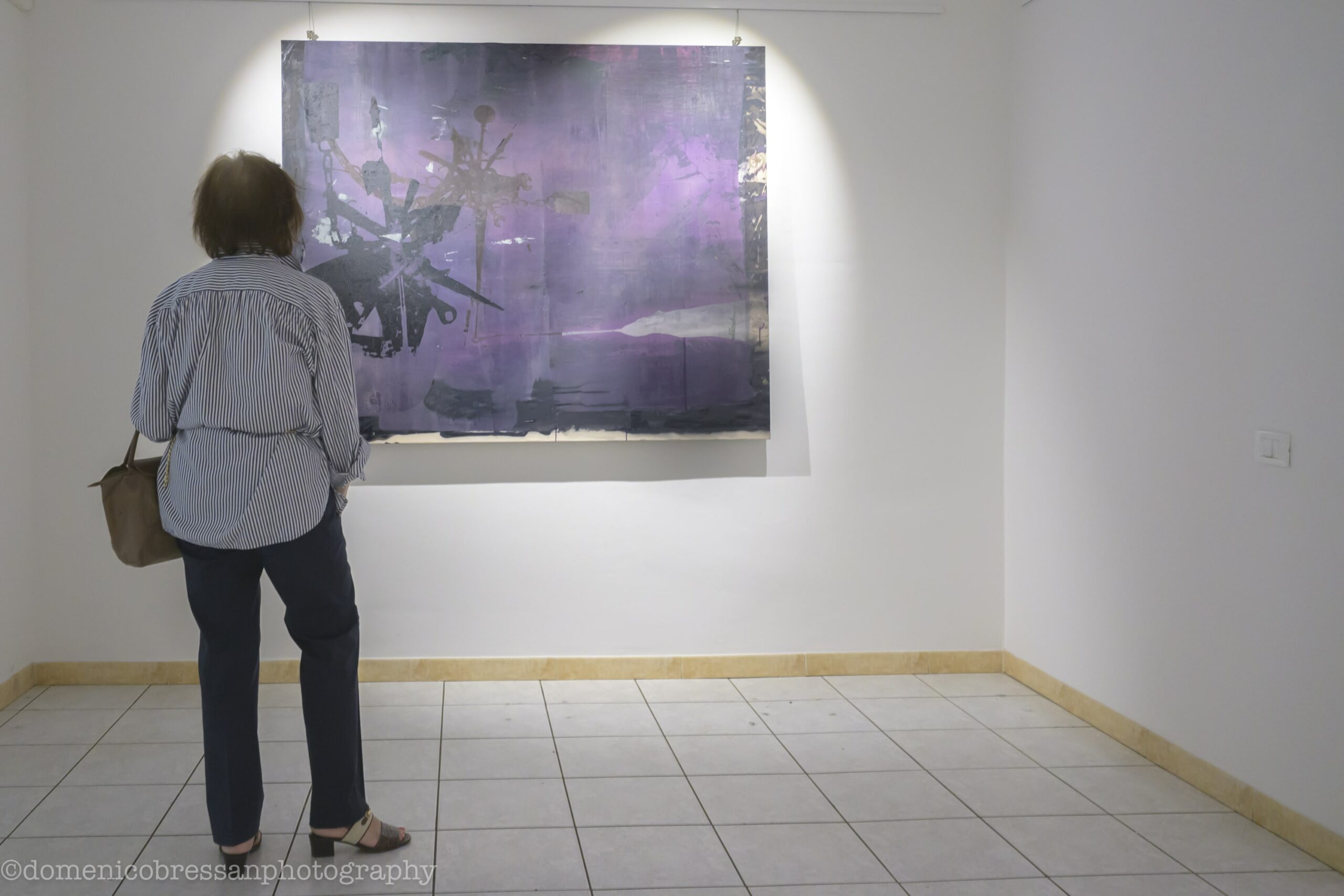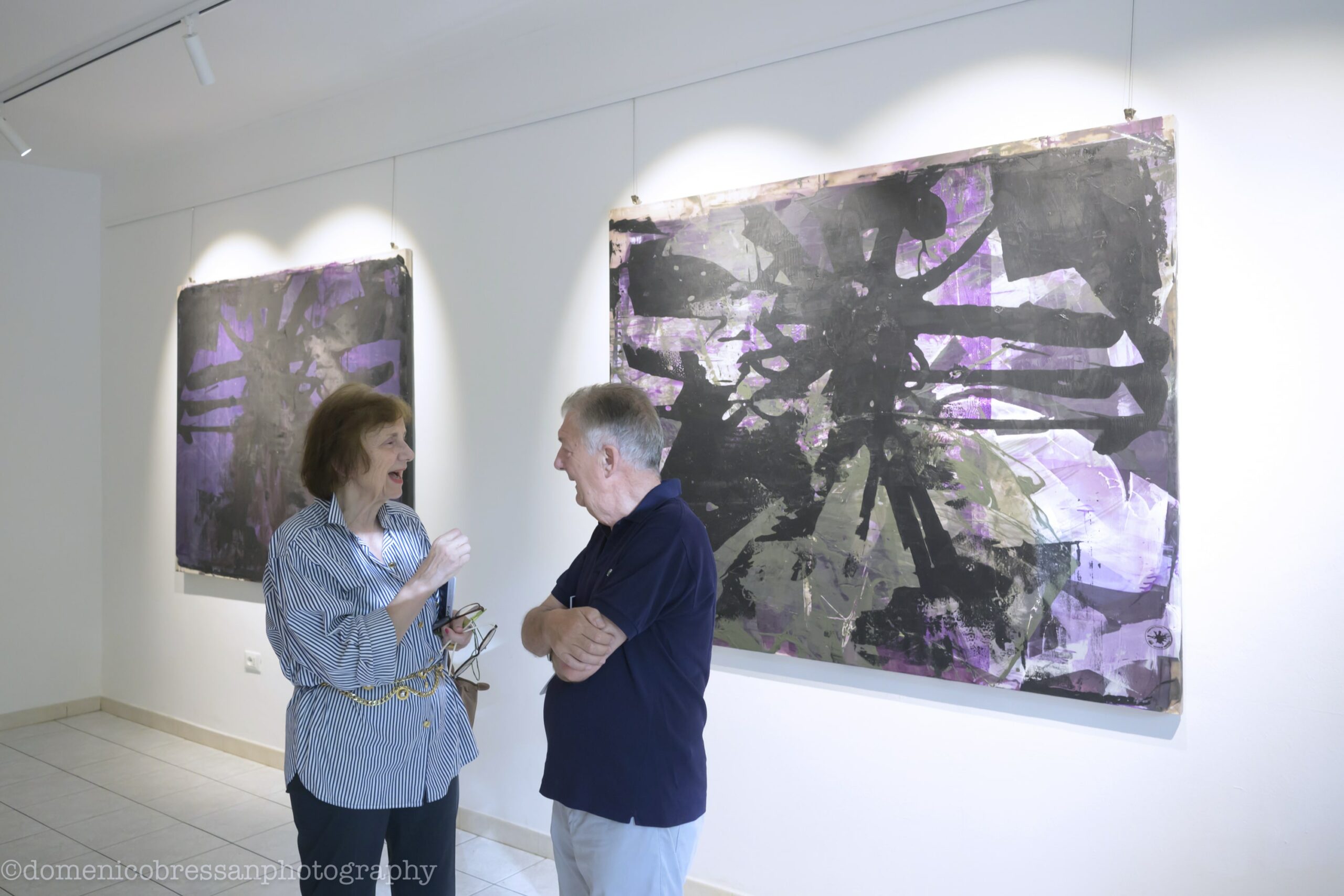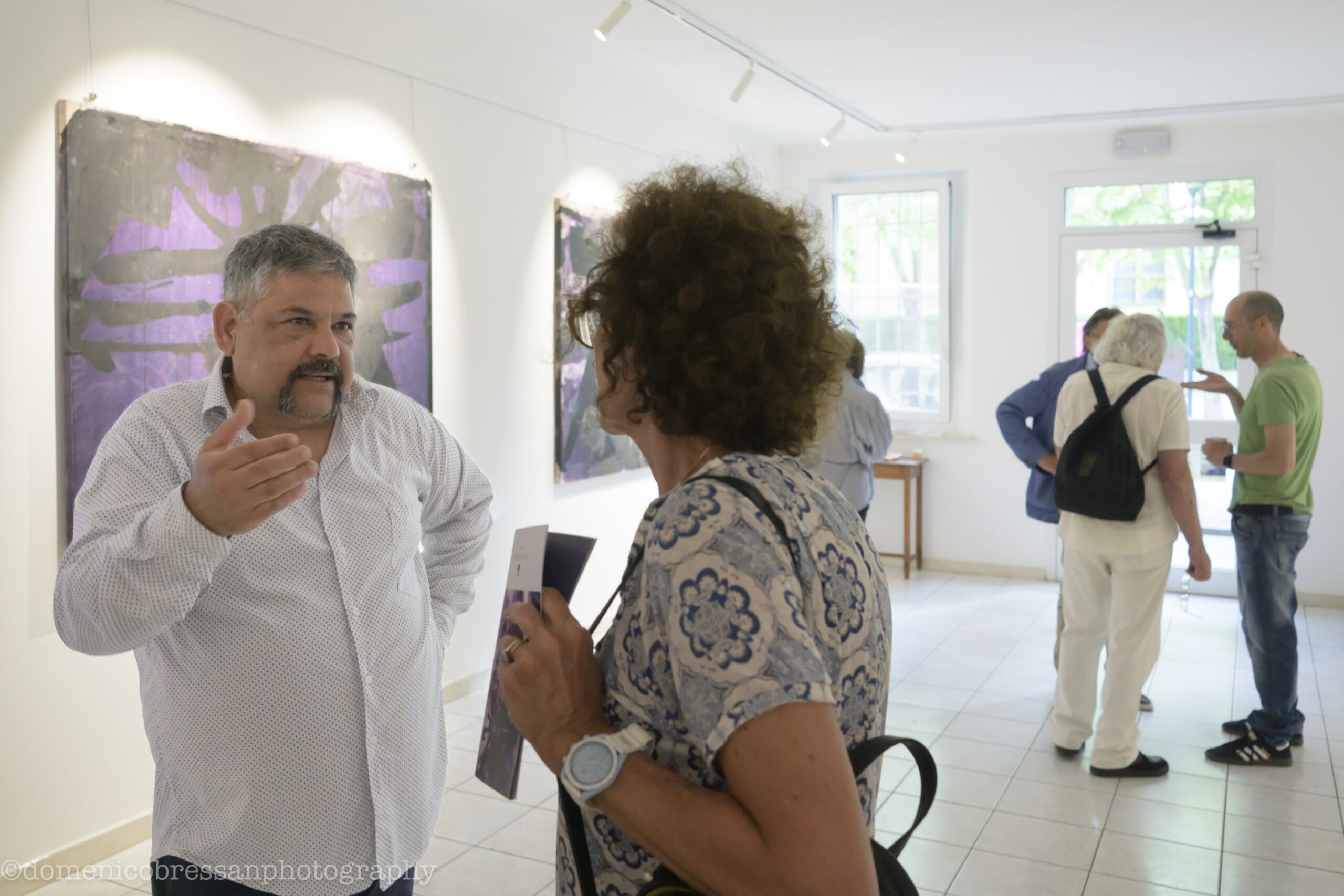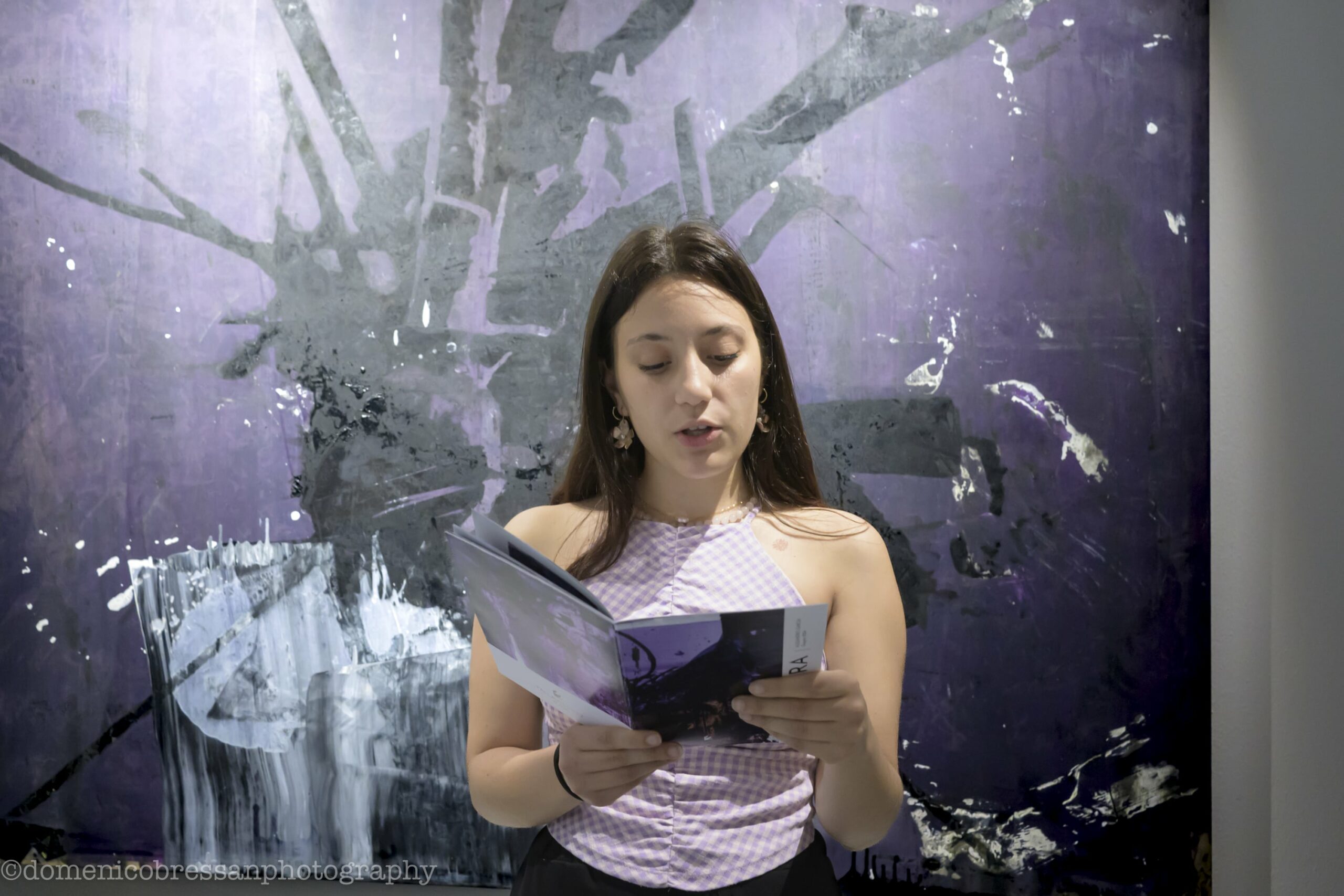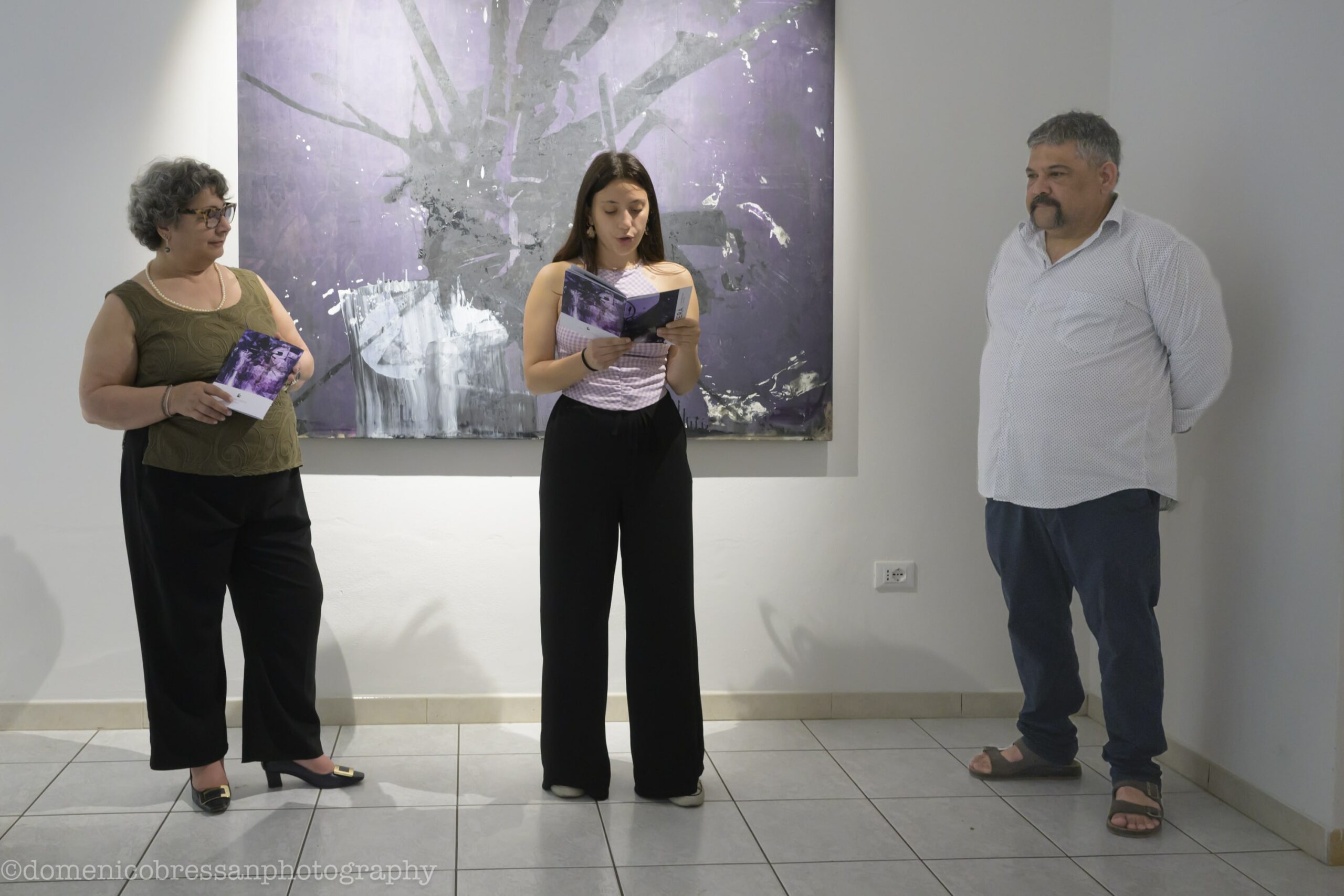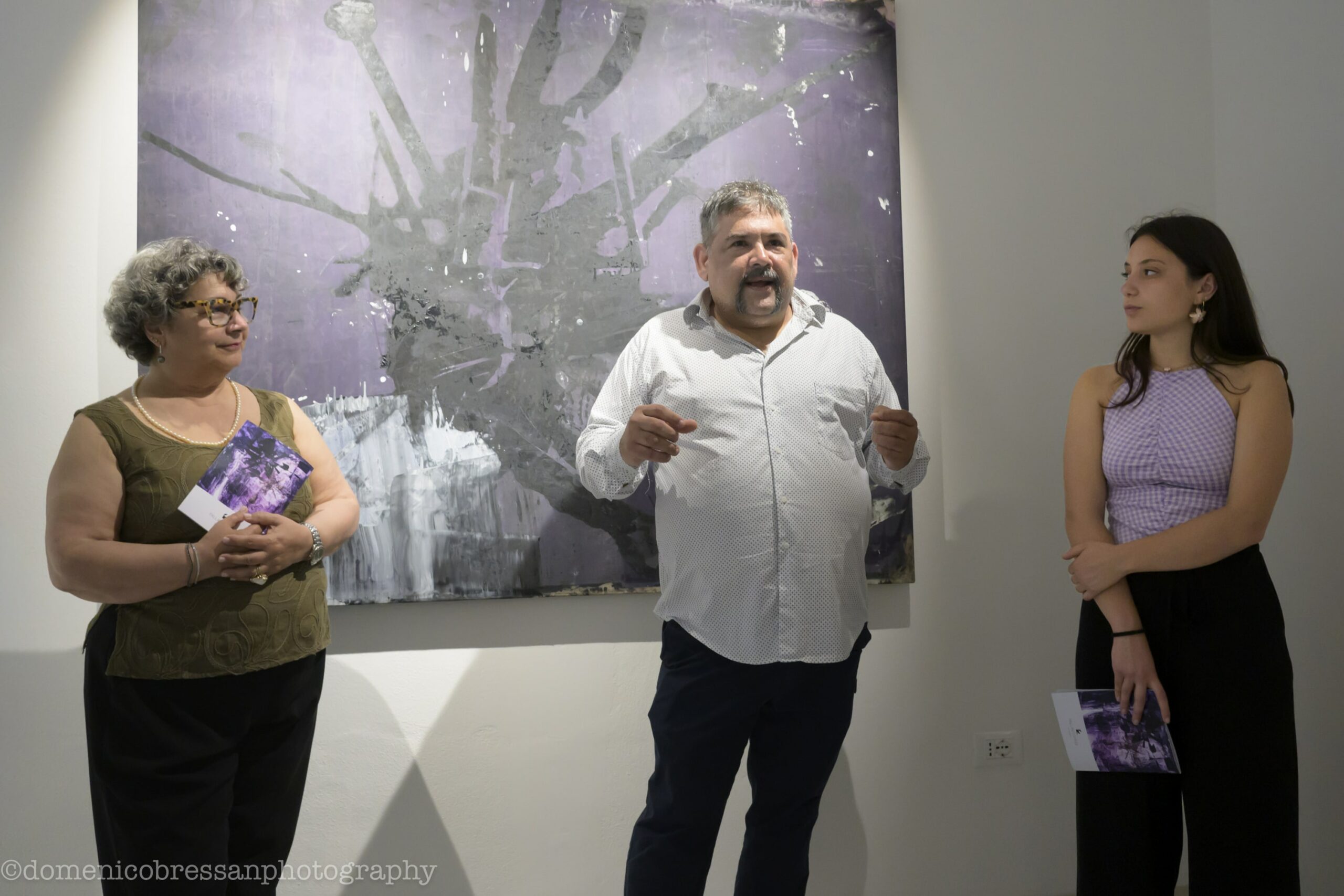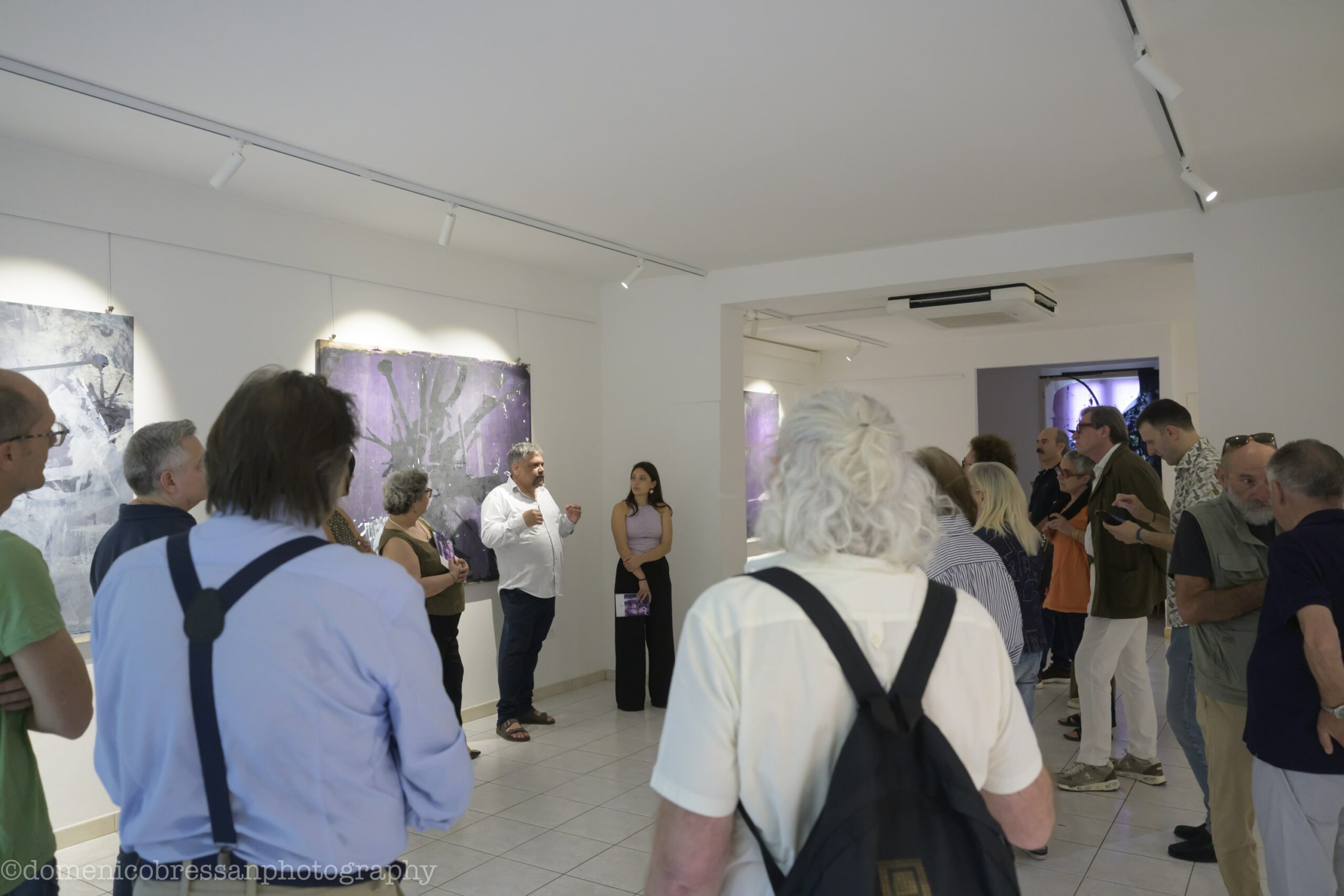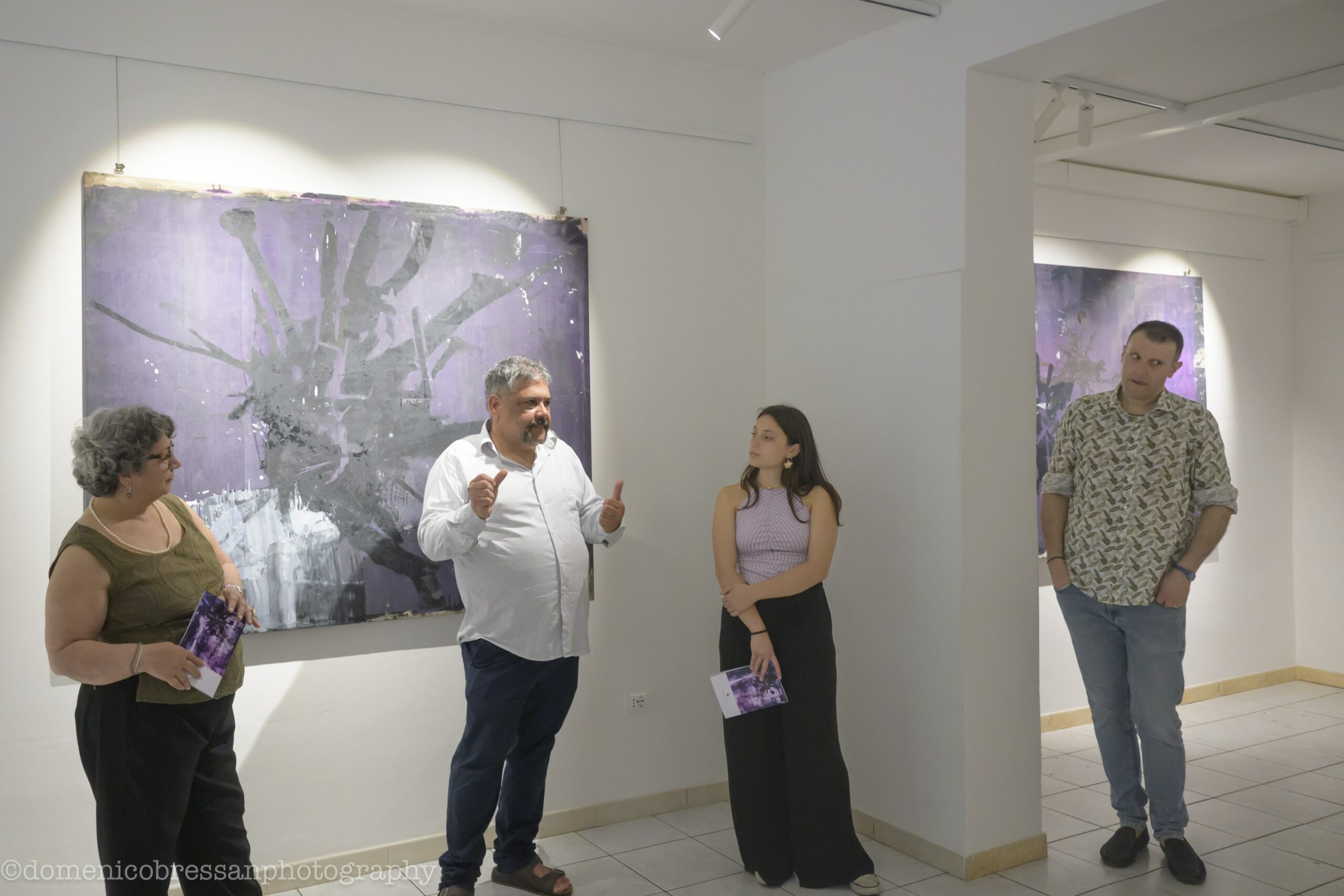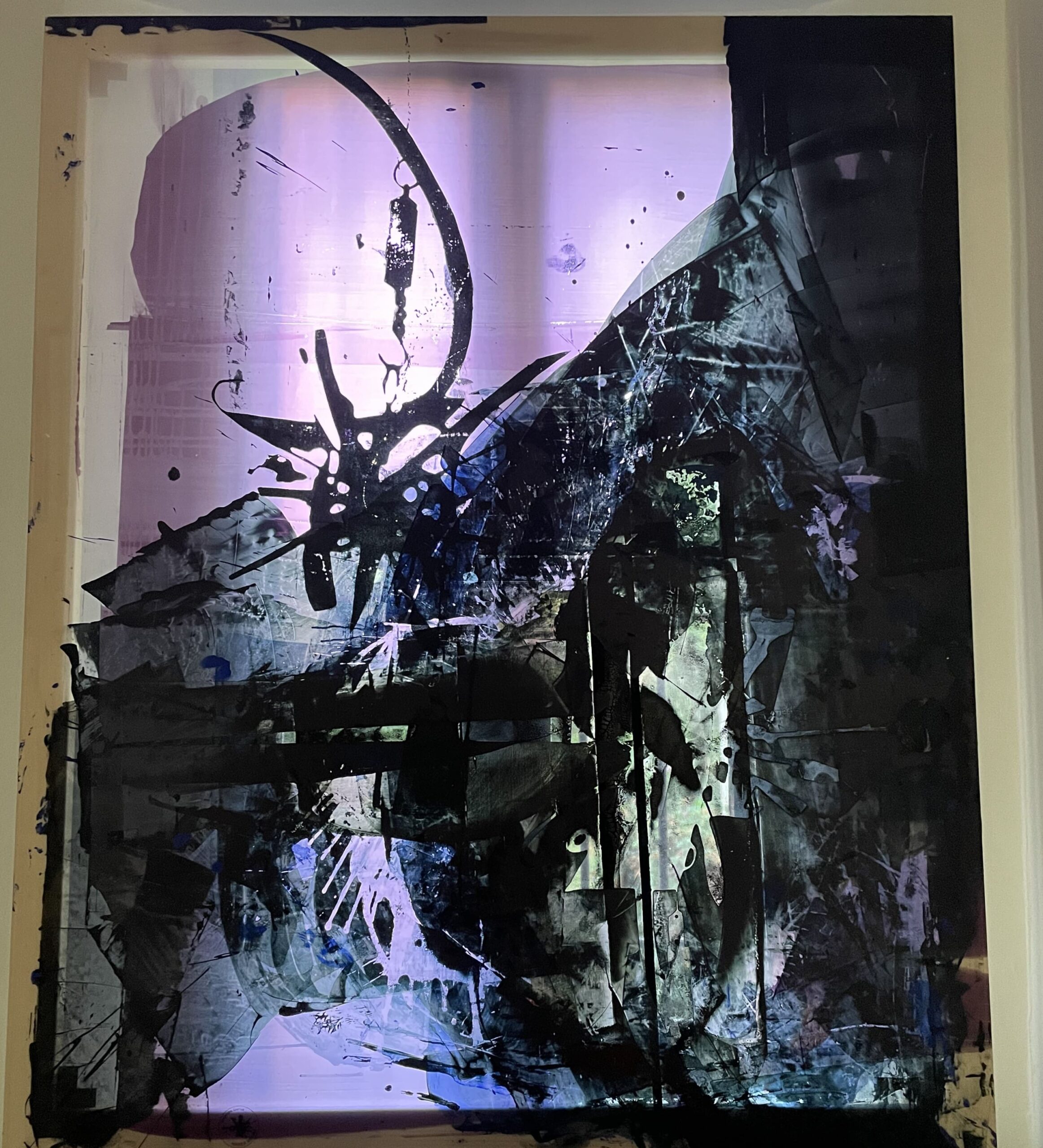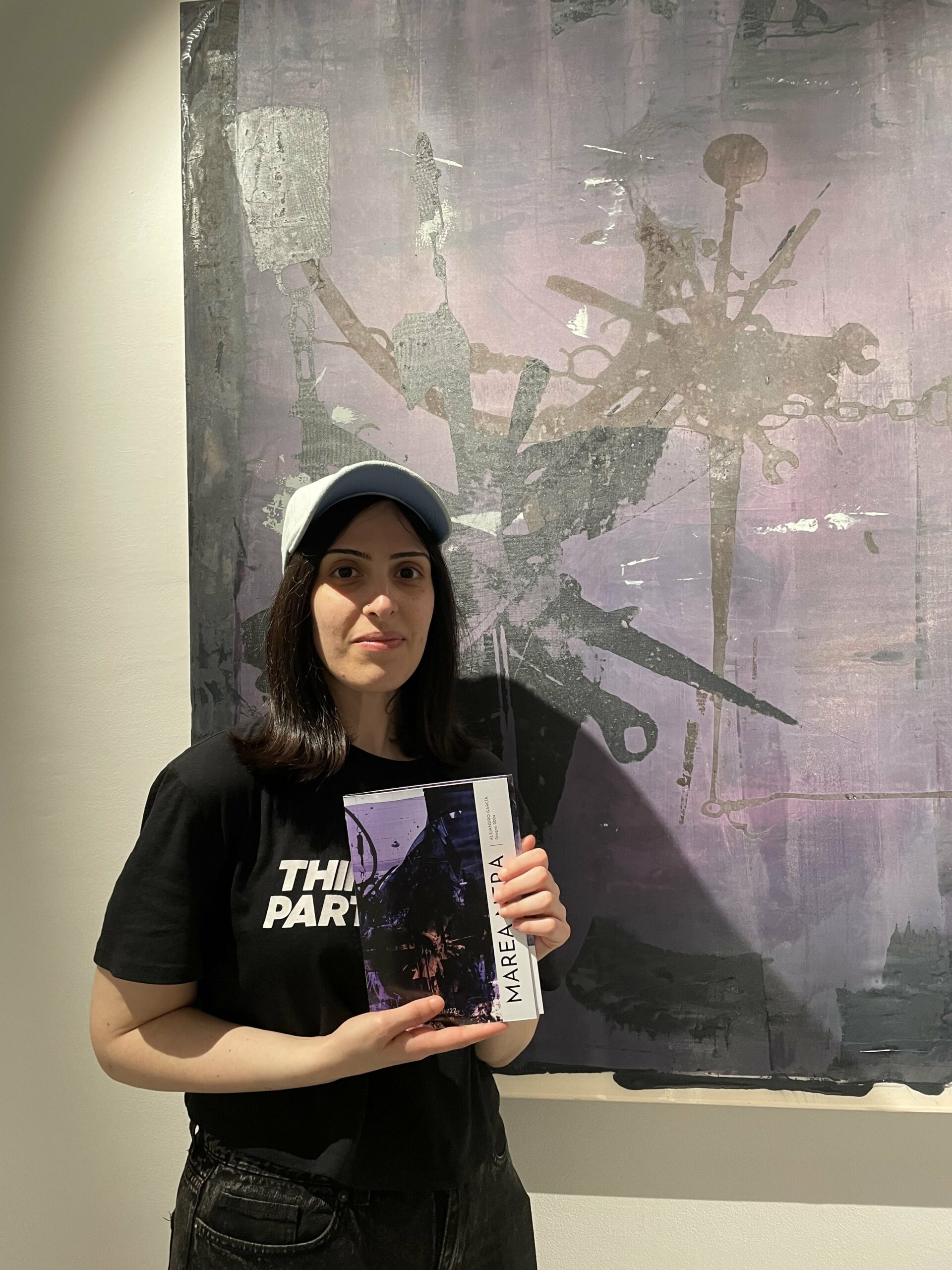GIANCARLO CAZZANIGA
La musica degli affetti
from 11 to 26 April 2025
The Exhibition
The Pallavicini 22 Art Gallery celebrates the Lombard artist Giancarlo Cazzaniga (Monza, 20 September 1930 – Milan, 5 December 2013) with an exhibition entitled “Giancarlo Cazzaniga, the music of affections”. The small exhibition includes eight works by the master, oils, engravings, some photographs and a series of letters from the artist to the collector Roberto Pagnani. Together with his wife Raffaella Ghigi, Roberto Pagnani created the Ghigi Pagnani Collection, celebrated this year by the exhibition “1955-1965. The new world in Ravenna. Views from the Ghigi Pagnani Art Collection” at Palazzo Rasponi dalle Teste in Ravenna, the catalogue of which will be presented during the exhibition.
The tribute allows us to focus on a particular historical moment, the 1960s in Milan, and to talk about an artist who unfortunately did not have great critical success post mortem, despite having participated in the most important Italian exhibitions of those years, such as the two editions of the Venice Biennale in 1962 and 1966, and the Rome Quadriennale in 1965, for which he created works of great depth, later purchased and selected by Roberto Pagnani.
The Artist
Giancarlo Cazzaniga was born in Monza on September 20, 1930. Driven by his father's determination and support, he began studying painting.
In 1950 he moved to Milan, where he attended the Cimabue Art Academy and made the first contacts that were fundamental to his education. He made his debut in the 1950s by participating in public and thematic exhibitions, until he presented his first solo exhibition in Brescia in 1957.
In 1958 he exhibited at the Permanente in Milan, taking part in the "Giovani Artisti Italiani" exhibition, and the following year, again in Milan, he won the San Fedele Prize.
In the 1960s he was invited to both the Venice Biennale and the Rome Quadriennale. His rich and prestigious exhibition path consolidated his figure as a protagonist of Italian contemporary art.
His activity, characterized by exhibitions in important institutional venues and international shows, is accompanied by constant interest from critics and the press, which carefully follows the evolution of his pictorial language.
